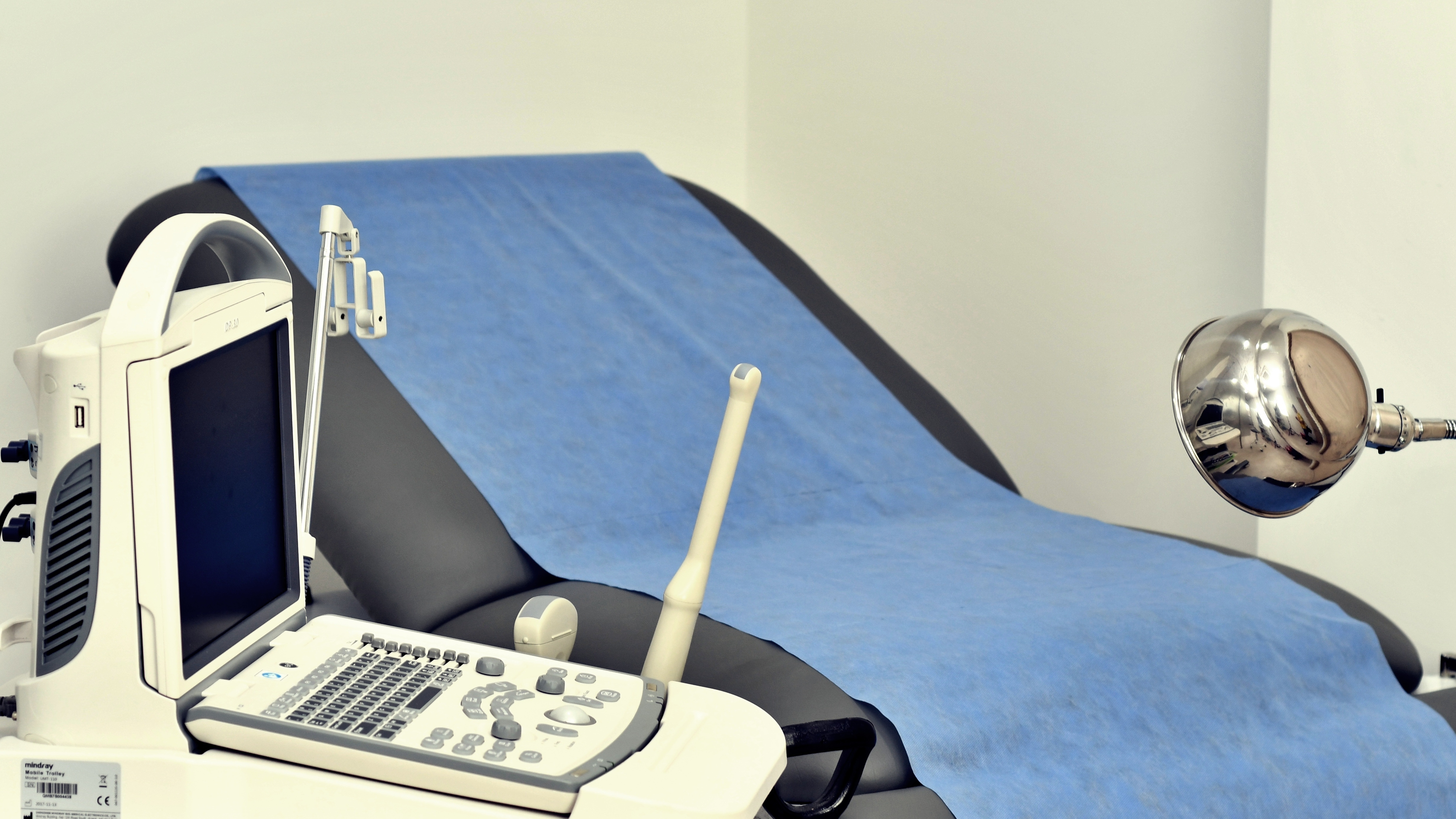Endoscopy makes it possible to look inside the body with the help of a tubular instrument, for example during a colonoscopy or gastroscopy. Unfortunately, these instruments are often still as thick as a finger and are not suitable for penetrating the finest arteries. Glass fiber technology promises a remedy, as the hair-thin fibers are only 125 micrometers thick. The main problem here is equipping the glass fiber with an optical system. This is where a technology called "optical coherence tomography (OCT)" comes into play. In this technique, a laser beam with a relatively broad color spectrum is directed at the tissue to be examined and the analysis of the reflected light enables precise depth mapping of the examined tissue.
Dr. Simon Thiele from the group of Prof. Alois Herkommer from the Institute of Technical Optics at the University of Stuttgart and the 3D printing experts led by Prof. Harald Giessen from the 4th Institute of Physics, together with Dr. Jiawen Li and Prof. Robert McLaughlin from the University of Adelaide and colleagues from the Royal Adelaide Hospital, the SAHMRI Institute in Adelaide and the Monash Cardiovascular Research Centre in Melbourne, have now developed a 3D-printed micro-optic with a diameter of just 125 µm that can be printed directly onto the glass fiber. This micro-optic is capable of deflecting the laser light to the side, focusing it to a point and simultaneously correcting the laser beam distortion as it passes through a capillary-shaped plastic sheath less than 0.5 mm in diameter, which is attached to protect the endoscope. The doctor uses the laser beam to scan the inner wall of a vessel in a spiral and thus obtain highly accurate 3-dimensional images - directly from inside the vein. The world's smallest complex endoscope optics created in this way has a diameter of less than half a millimeter including the sheath. It was combined by the Australians with their OCT systems and then inserted into a human carotid artery and into the arteries of mice at the participating clinics. The scientists found that by rotating the optics in a flexible sheath, they were able to take extremely high-resolution, 3-dimensional images of the vessels. Further examination of the vessels showed that the main causes of vascular disease, namely plaques and cholesterol crystals, could be detected very early on in the non-contact laser OCT endoscopy images.
Source: University of Stuttgart
Original publication: Ultrathin monolithic 3D printed optical coherence tomography endoscope for preclinical and clinical use, J. Li, S. Thiele, B. Quirk, R. Kirk, J. Verjans, E. Akers, C. Bursill, S. Nicholls, A. Herkommer, H. Giessen and R. McLaughlin, Nature Light Science and Applications 9, 124 (2020). https://www.nature.com/articles/s41377-020-00365-w


